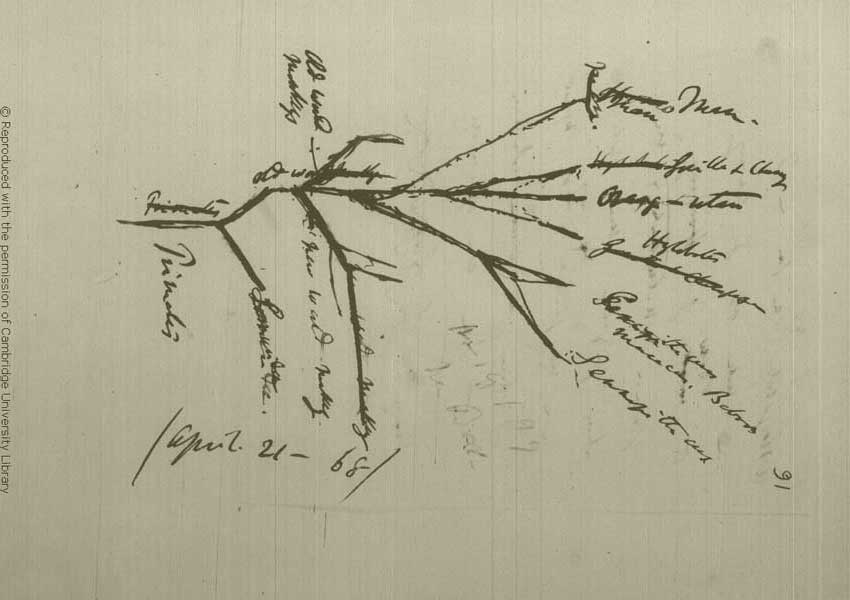Research by John Hawks
I work on fossil and genetic evidence for human origins with collaborators all around the world.

In my research, I find ways to bring together people and diverse methods to build a stronger understanding of the origins that we share as humans.
Over the last few years, I have spent a lot of time on projects in the Rising Star cave system of South Africa, where our team discovered the fossils of Homo naledi. With many collaborators, I am working to understand this species, its behavior, and its relationships with today's people. I have studied skeletal evidence of hominins as varied as Sahelanthropus tchadensis and Neandertals.
I also work with human and ancient DNA to test hypotheses about ancient populations and their adaptations. My work has included some of the earliest examinations of natural selection using genome-wide evidence in living humans, and analyses of introgression from Neandertals and other archaic humans.
Sharing research with the communities where I work and the global public is important to my professional life. I am committed to promoting more open and ethical practices in anthropology and genetics. You will find these areas of focus in my scientific publications and my public writing.
For a full list of my publications, you can check out my CV.
This page provides a list of research highlights. Each of these pages provides a brief overview of the research and link to the published article.








